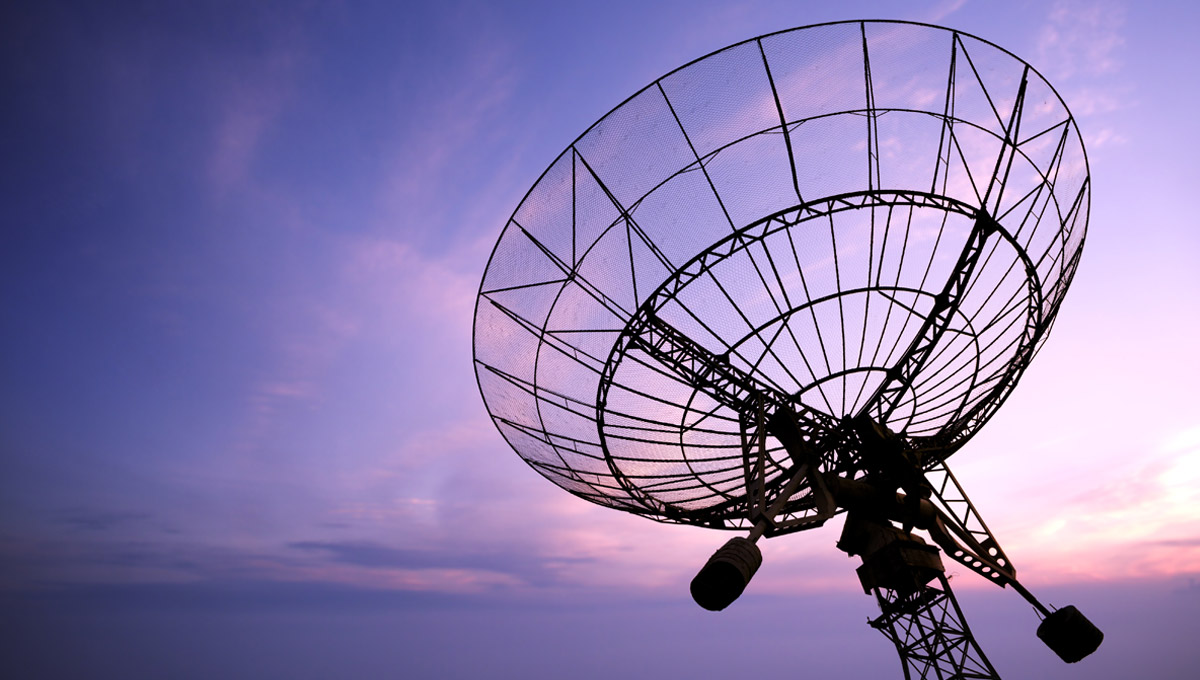Please click here to download the Prism as PDF.
The Telecommunications Bill, 2023 (“Bill”)[1] was passed by the Parliament on December 21, 2023, for regulating the framework involving telecommunication services, telecommunication networks, assignment of spectrums and related matters in India.
The Bill seeks to amend certain provisions of the Telecom Regulatory Authority of India Act, 1997[2] (“TRAI Act”) while repealing the following:
- Indian Telegraph Act, 1885,
- Indian Wireless Telegraphy Act, 1933, and
- Telegraph Wires (Unlawful Possession) Act, 1950.
The Bill has introduced certain significant updates and improvised its predecessor Draft Indian Telecommunication Bill, 2022 (“Draft Bill”)[3]. The rationale behind the Bill was to bring forth a legislative framework ensuring a safe and secure telecommunication network while reflecting the changes brought in the telecommunications sector and technologies over the past few years.[4]
As a departure from the current regulatory framework and its previous iteration, the Bill makes the proposed law applicable to any offence committed or contravention committed outside India by any person.
Definitions
As a notable difference from its predecessor that comprehensively laid out the list of services to be included in the telecommunication service, the Bill defines ‘telecommunication service’ as “any service for telecommunication”. Earlier, the Draft Bill expressly included OTT communication services within the definition of ‘telecommunication service’. However, the Bill has kept this definition wide without expressly including or excluding OTT communication services thereby making this definition open to interpretation.
Additionally, the Bill has defined certain terms such as:
- Critical Telecommunication Infrastructure – Telecommunication networks as notified by the Central Government causing disruptions affecting national security, economy, public health or safety.
- Radio Equipment – Telecommunication equipment used or capable of use for telecommunication through Hertzian or radio waves.
- Radio Waves – Electromagnetic waves of frequencies propagated in space without any artificial guide.
- Telecommunication Identifier – A series of digits, characters and symbols, or its combination for the unique identification of a user, a telecommunication service, a telecommunication network or its elements, telecommunication equipment, or an authorized entity.
- Telecommunication equipment – Any equipment, appliance, instrument, device, radio station, radio equipment, material, apparatus, or user equipment, that may be or is being used for telecommunication, including software and intelligence integral to such telecommunication equipment; and excludes such equipment as may be notified by the Central Government.
- User: A natural or legal person using or requesting a telecommunication service but does not include provider of such telecommunication service or network.
Verifiable biometric based identification
Further, the Bill mandates authorised telecommunication service providers, to identify the person to whom it provides telecommunication service through use of any verifiable biometric based identification. This could potentially cause some concerns surrounding data privacy and data storage.
Allocation of Spectrum
The Central Government can assign telecommunication spectrum either through auction or administrative process, with the auction process being the norm, unless the Central Government deals with any scenario contemplated in the First Schedule where it would be required to follow the administrative process. The First Schedule provides for administrative assignment of spectrum in certain cases such as satcom without the restriction of government functions, as was in the previous iterations. Some other notable inclusions to the First Schedule are the addition of In-flight and maritime connectivity, television channels, global mobile personal communication within certain satellite-based service, expansion of testing of new technologies to cover the creation of one or more regulatory sandboxes, among others.
Right of Way
The Bill provides a mechanism to exercise the right of way for laying telecom infrastructure in public as well as private property. The facility provider[5] must seek permission for the right of way from any public entity, including any non-government entity owning, controlling or managing any public facility/ class of public facilities as notified by the Central Government.
Another significant update has been the addition of the provision dealing with the responsibility of facility providers to minimize damage to the property while ensuring proper functionality and continuity of operations over such property over which the right of way was granted. In the event of damage to the property, the facility provider would be required to either restore the property to its original state or pay mutually agreed compensation to the concerned public entity or property owner.
As per reports, the Right of Way provision under the Bill will ensure a common accessible corridor along with highways, rail and canals with approval of concerned authorities.
Security Standards
The Central government is required to ensure that the notified standards relating to telecommunication service are consistent with the regulations of Telecom Regulatory Authority of India (“TRAI”). The Bill empowers the Central Government to notify standards dealing with telecommunication security and encryption and data processing in telecommunication. Moreover, the Central Government has been authorized to frame rules dealing with the protection of cybersecurity of telecommunication networks and services. The Central Government may declare any telecommunication network to be a Critical Telecommunication Infrastructure, (whose disruption will be detrimental to national security, economy, public health or safety) and prescribe rules for ensuring the security of such infrastructure.
Digital Bharat Nidhi
The Draft Bill provided for the creation of a Telecommunication Development Fund in place of the Universal Service Obligation Fund (USOF) created under the Telegraph Act, 1885. The Bill has now renamed this fund to ‘Digital Bharat Nidhi’ and broadened the scope. The fund can be utilized by the Central Government for discharging any functions under the Bill. Earlier, the Draft Bill provided for (a) any payments to obtain licenses and (b) grants or loans provided by the Central Government, to be credited into the Telecommunication Development Fund. However, the Bill has restricted the amounts that can be credited to Digital Bharat Nidhi to amounts paid for obtaining authorizations.
Specified Messages[6]
The Bill has enhanced the provisions on user protection and the Central Government can frame rules that are consistent with the TRAI’s regulations. It mandates prior consent for receiving specified messages/ class of specified messages and mechanisms for reporting any malware/specified messages. The consistency of the new provisions under the Bill with the prevailing regulations will have to be seen.
Dispute Resolution Mechanism
The Bill mandates the authorized entity providing telecommunication services to have an online dispute resolution mechanism for redressing grievances regarding such telecommunication services.
Amendments to TRAI Act, 1997
The Bill amends the TRAI Act, allowing individuals without government service experience to be appointed, specifically as the chairperson with a minimum of 30 (thirty) years of professional expertise and as a member with at least 25 (twenty five) years of professional experience.
Additionally, the Bill empowers TRAI to instruct authorized entities, or a designated class of entities involved in providing telecommunication services to refrain from engaging in predatory pricing. This measure is aimed at preventing practices that could undermine fair competition within the telecommunication sector and negatively impact the market.
Miscellaneous
The Bill deals with certain other provisions such as creation of security interest, certification of person for operation of radio equipment on a vessel or aircraft, certification for amateur station operator, among others.
Penalties
The Bill penalizes unauthorised telecommunication services or gaining unauthorized access to a telecommunication network or data, imposing imprisonment of 3 (three) years or INR 2,00,00,000 (Indian Rupees two Crores) fine or both. The Central Government has been authorized to appoint an adjudicating officer to inquire and pass orders against civil offences.
This Prism has been prepared by:

Tony Verghese |

Radhika Gupta |
Shruthi Shekar |
For more details, please contact [email protected]
[1] The Telecommunications Bill, 2023, No. 194, Bills of Parliament, 2023.
[2] The Telecom Regulatory Authority of India, 1997, No. 24, Acts of Parliament, 1997.
[3] Draft Indian Telecommunication Bill, 2022, Department of Telecommunications, September 21, 2022.
[4] Bill, Statement of Objects and Reasons.
[5] The Central Government or any authorised entity, including any contractor or sub-contractor or agent working for the Central Government or authorised entity, and will include their successor or assignee
[6] Any message offering, advertising or promoting goods, services, interest in property, business opportunity, employment opportunity or investment opportunity, whether or not— (a) the goods, services, interest, or opportunity are real; or (b) it is lawful to acquire such goods, services, property, interest or take up the opportunity














